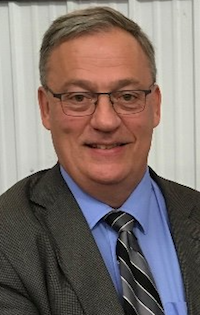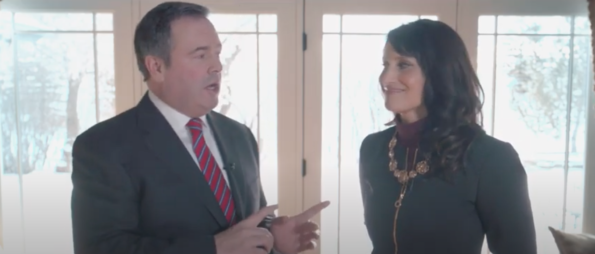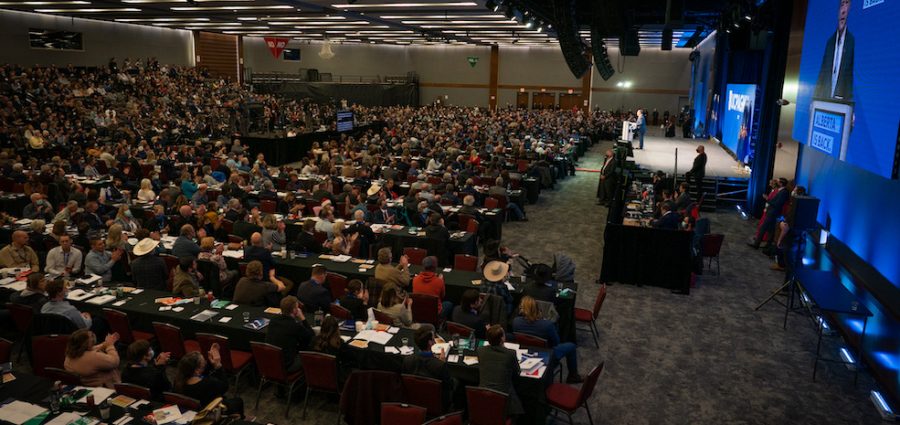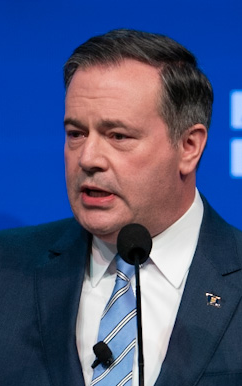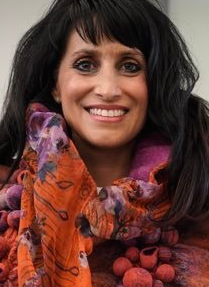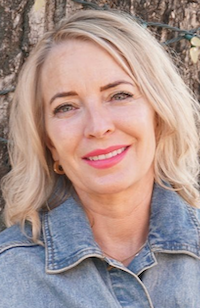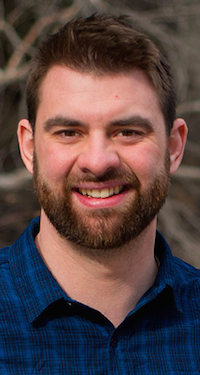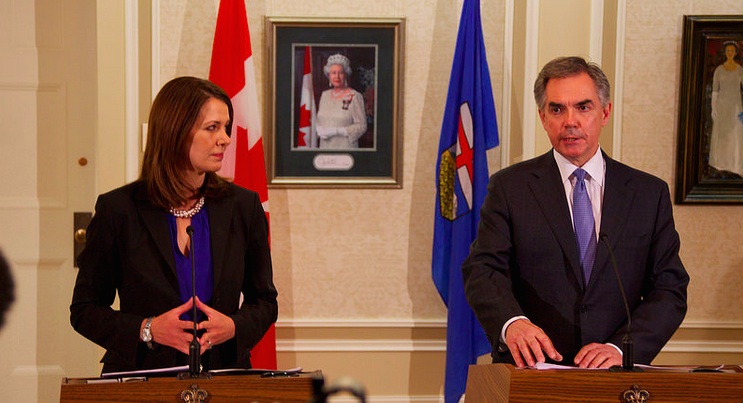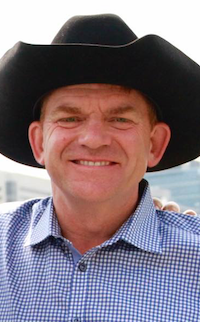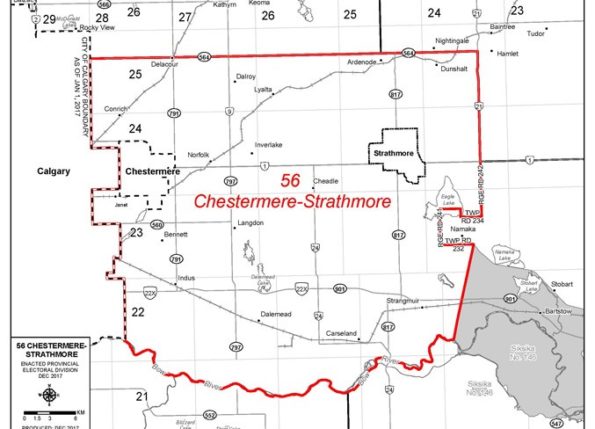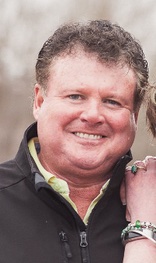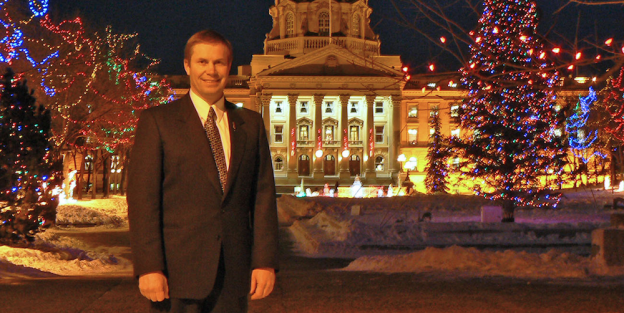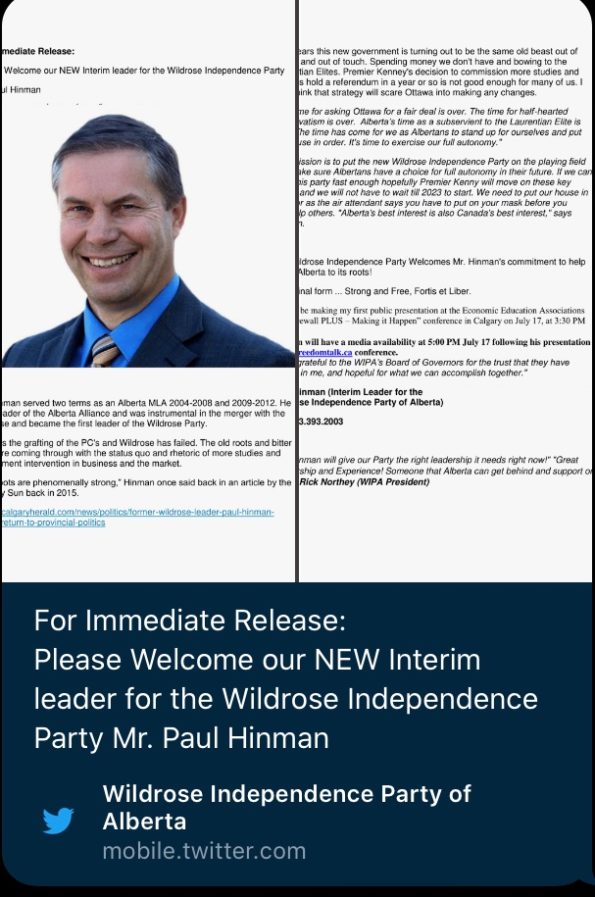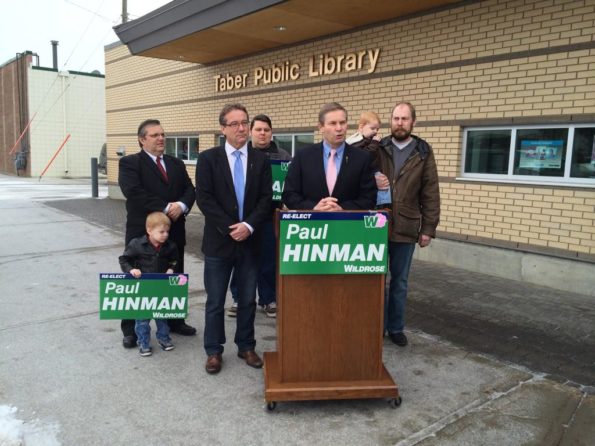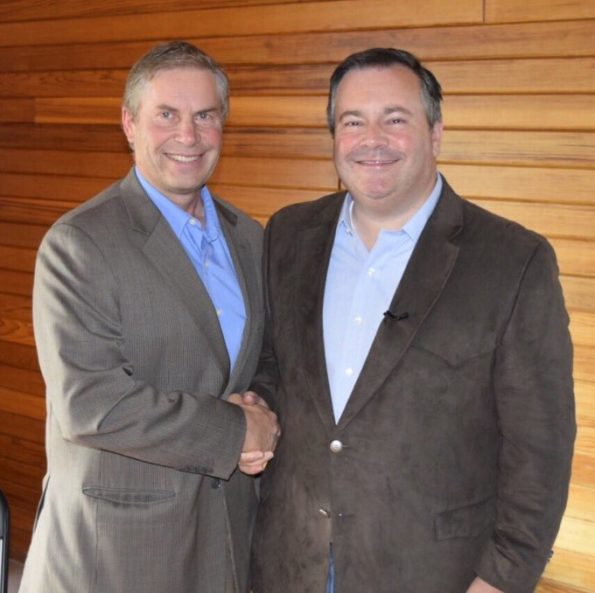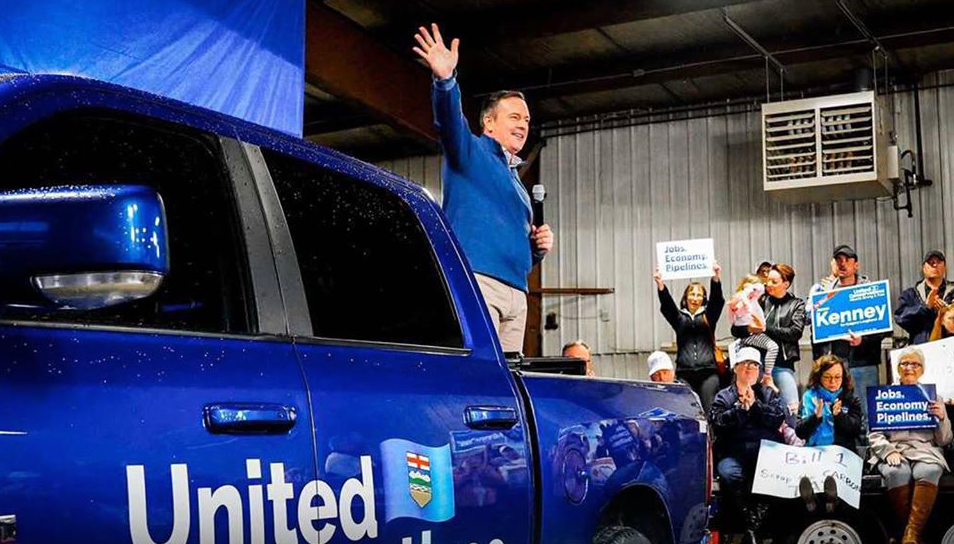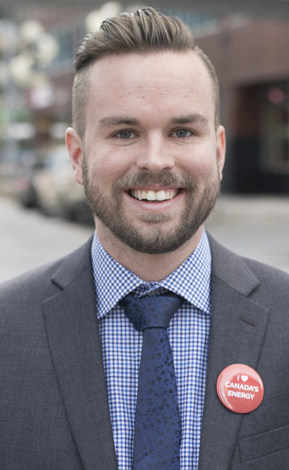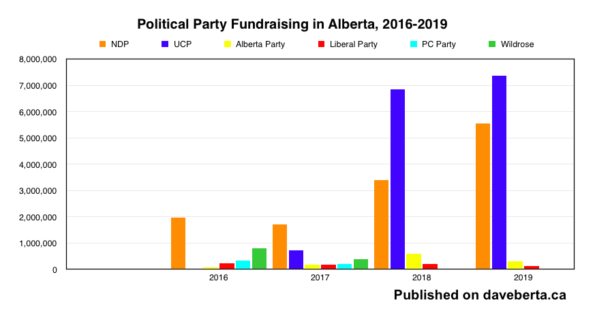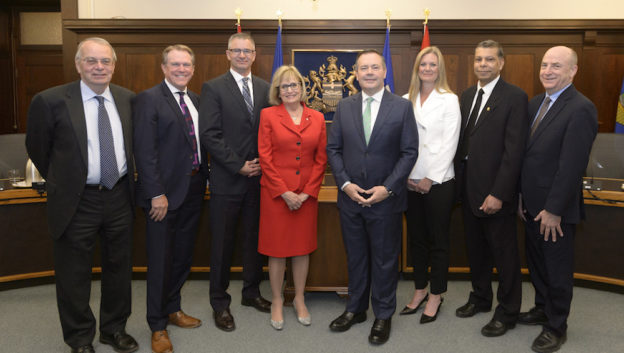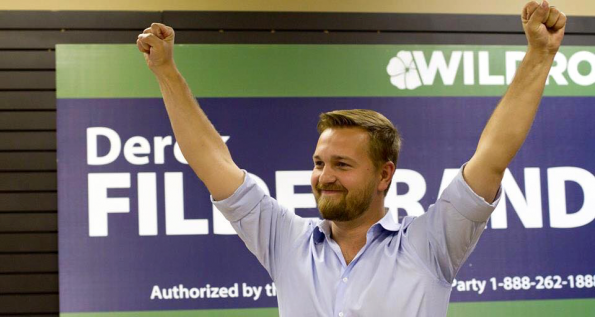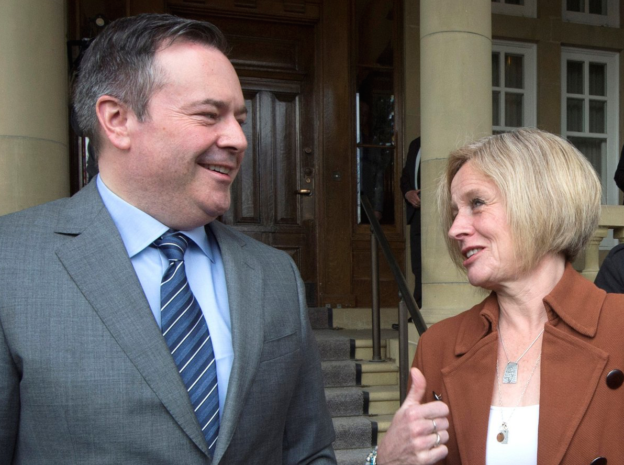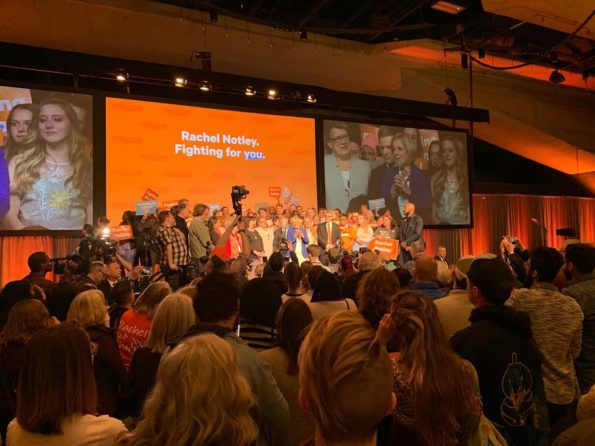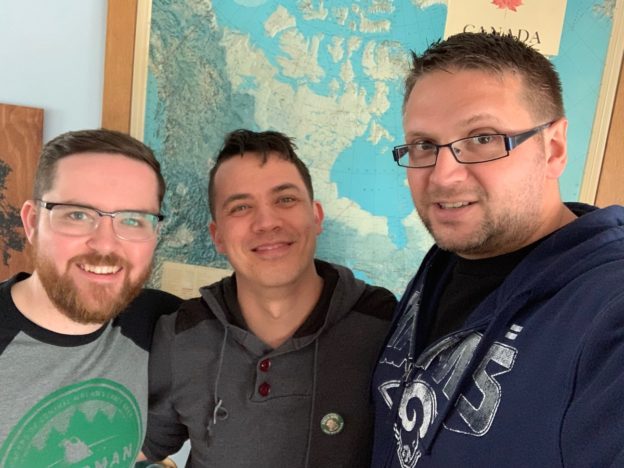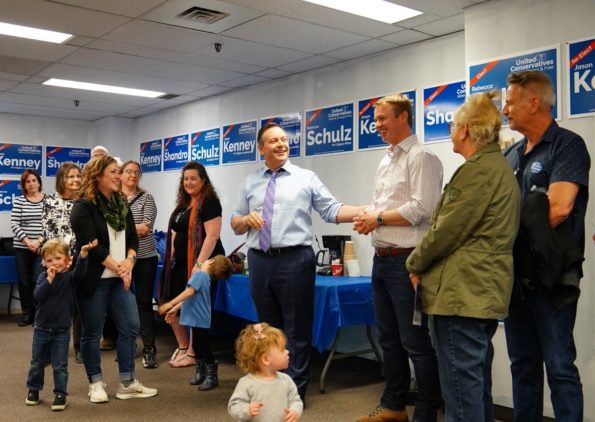Eleven days have passed since Alberta’s provincial election in which Albertans voted in droves and gave our province its first ever one-term government. That alone provides a lot of reflect on, but there is so much more.
Having taken a much-needed vacation after the election (I was on an early flight out of the country on the morning following election night), I now have some thoughts on the results and what they could mean for Alberta and the political parties.
First, the voter turnout was high. The official results of the election were released this week, showing that 64 per cent of eligible voters in Alberta participated in the election. This is down from the previous voter turnout numbers released by Elections Alberta before the count was official that showed a 71 per cent turnout. While the numbers are not as fantastic as 71 per cent, this election marks the highest turnout since the 1982 election, which was 66 per cent.
The high turnout in advance voting, in particular the “vote anywhere” ballots that allowed Albertans to vote at any advance polling station in the province, was remarkable. More than 700,000 votes were cast at the advance polls, with more than 260,000 of them being “vote anywhere” advance ballots. This was the first time this option was allowed in an Alberta election, and it appears that many Albertans liked the option of voting anywhere during the 5-days of advance voting.
The United Conservative Party elected 63 MLAs and earned a remarkable 1,040,004 votes, the highest of any political party in Alberta’s history. That party’s 54.9 per cent is the highest earned by a political party since the Progressive Conservatives in the 2001 election. It appears as though much of the UCP’s popular vote was boosted by significant landslide victories in rural districts across the province, making rural MLAs a powerful force in the UCP caucus.
While the internal politics of this relatively new party are still evolving, incoming-premier Jason Kenney has a strong mandate to implement his incoming government’s agenda. Kenney has said he will appoint a cabinet by the end of April and hold a session of the Legislative Assembly in May, kicking off what he previously described as a “Summer of Repeal.” Kenney has pledged to dismantle many of the NDP’s flagship programs, including the Climate Leadership Plan and Energy Efficiency Alberta.
The large UCP caucus only includes one MLA with previous provincial cabinet experience, Calgary-Hays MLA Ric McIver, so the learning curve will be steep for those appointed by Kenney next week. But like the NDP when it formed government in 2015, the UCP in 2019 will be bolstered by legions of career political staffers migrating to Alberta over the next few months.
Kenney is expected to continue to focus on his three key talking points from the election campaign – jobs, economy and pipelines – which is also expected to include a heavy does of political rhetoric aimed at Ottawa, Justin Trudeau, and anyone from outside Alberta who dares criticize the oil and gas sector (which will certainly keep Kenney busy).
The social conservative issues that dogged Kenney and many now elected UCP MLAs will not be his focus, but the social conservative groups who make up critical elements of his electoral coalition will expect to be rewarded for their loyalty. This could potentially create a difficult balancing act over the next four years.
The New Democratic Party was unable to get re-elected into government, but earned 619,147 votes, the party’s highest ever vote total. The larger voter turnout and consolidation of conservative votes around UCP candidates meant the NDP only earned 32.7 per cent of the vote and elected 24 MLAs, which is still one of the largest elected opposition caucuses in Alberta’s history. The NDP vote was heavily concentrated within Edmonton city limits, delivering the party all but one of the capital city’s electoral districts.
Outgoing-Premier Rachel Notley has pledged to stay on as party leader, which is a positive outcome for the NDP after its election defeat. Notley is the party’s strongest asset and is probably key to why the party formed government in 2015 and was not decimated in this election.
While the NDP sometimes tends to act like it is more inclined for life on the opposition benches, the new official opposition caucus will only have 3 MLAs who previously served in opposition (Notley, Edmonton-North West MLA David Eggen and Edmonton-Beverly-Clareview MLA Deron Bilous). This is the first time the NDP will form official opposition since its previous tenure in the role from 1982 to 1993.
A struggle for the new NDP caucus and for the NDP internally will be to decide whether it wants to remain the centre-leftish liberal-like party it was in government or whether it should return to something closer to its social democratic roots.
While I have a hard time expecting the NDP’s advocacy for oil pipelines to waver, the party has the opportunity to present a strong alternative to the UCP on issues ranging from climate change to support for strong public services like health care and education. Support for pipelines might be the biggest challenge the NDP will have to reconcile with if it wants to be seen as a serious advocate for action against climate change.
The Alberta Party lost all 3 of its seats in the Assembly despite having high-profile former Edmonton mayor Stephen Mandel at its helm. The Alberta Party increased its popular vote to 9.1 per cent but none of its candidates came close to being elected. Even in Calgary-Elbow, popular opposition MLA and former party leader Greg Clark fell more than 3,000 votes short of being re-elected.
This result should prompt some serious internal discussions about what role the moderate conservative party plays in Alberta politics, especially as it now has no presence in the Assembly.
For the first time in 33 years the Liberal Party has no presence in the Assembly. Leader David Khan performed well in the televised leaders’ debate and was expected to have a shot at being elected in Calgary-Mountain View, the seat being vacated by retiring four-term Liberal MLA David Swann. But when the votes were counted Khan finished in fourth place with 5.6 per cent. The party only fielded 51 candidates and earned 18,546 votes, which translated into 1 per cent of the vote.
The Liberals will continue to exist on paper but for all intents and purposes the party that formed the official opposition from 1993 to 2012 has ceased to exist as a political force in Alberta.
Disgruntled former Wildrose and UCP MLA Derek Fildebrandt’s Freedom Conservative Party barely registered on the electoral radar. Running candidates only 24 districts, the populist-UCP spinoff finished with 9,945 votes province-wide. Fildebrandt finished a distant third in Chestermere-Strathmore, 61 per cent behind UCP MLA Leela Aheer.
Despite the crushing loss, Fildebrandt carries no shortage of political ambition. My bet is that he will show on a ballot as a People’s Party of Canada candidate in the October 2019 federal election.
I am planning on taking a closer look at the district and regional level results over the next few weeks, so stay tuned for more analysis and commentary about the results of Alberta’s election.

